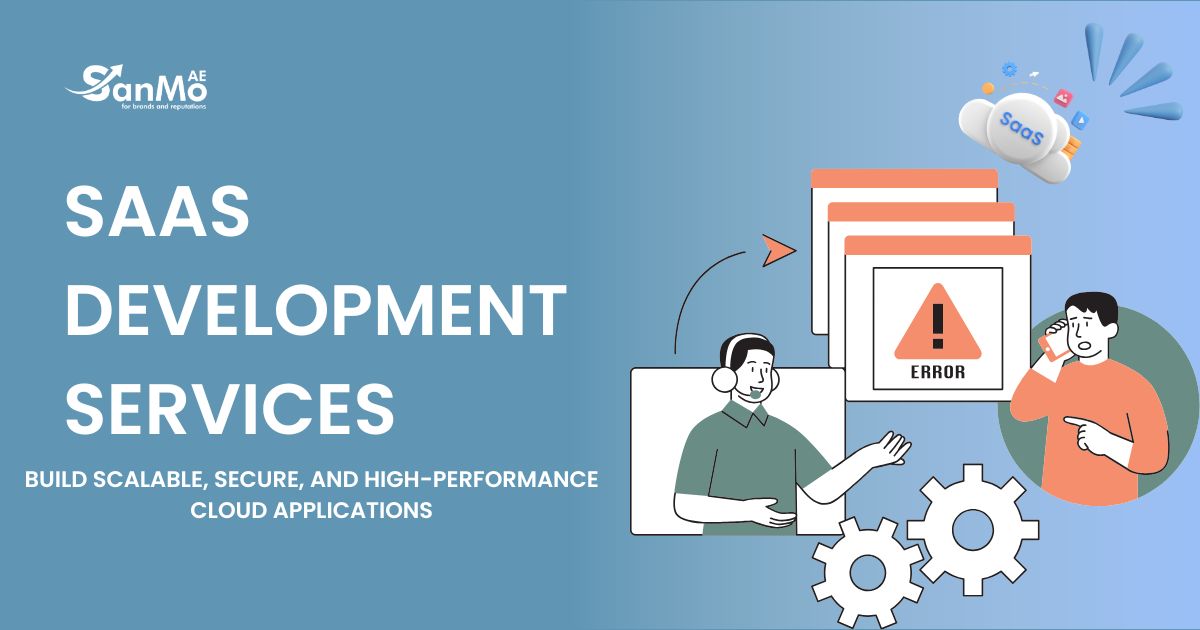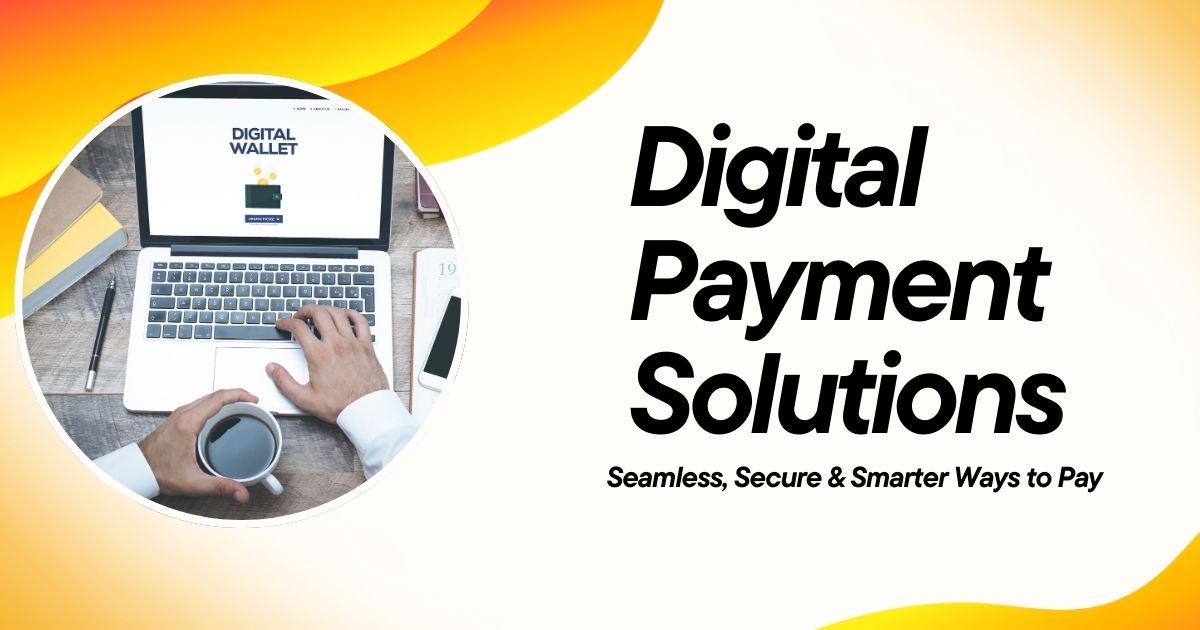The way we handle money has transformed dramatically over the past decade. Cash registers are giving way to contactless terminals, mobile wallets are replacing physical ones, and cryptocurrency is no longer just a tech enthusiast’s hobby. For businesses and consumers alike, understanding digital payment solutions has become essential for navigating the modern financial landscape.
This comprehensive guide will walk you through everything you need to know about digital payment solutions, from the most popular options available to the security considerations that matter most. Whether you’re a business owner looking to modernize your payment systems or a consumer wanting to make smarter payment choices, you’ll find practical insights to help you make informed decisions.
What Are Digital Payment Solutions?
Digital payment solutions are electronic methods of transferring money without the need for physical cash or checks. These systems use technology to facilitate transactions between parties, whether that’s a customer paying for coffee with their smartphone or a business sending payments to suppliers through an online portal.
Unlike traditional payment methods that rely on physical exchange, digital solutions leverage internet connectivity, mobile networks, and sophisticated software to process transactions instantly. This shift has revolutionized commerce by making payments faster, more convenient, and accessible to people worldwide.
The scope of digital payment solutions extends far beyond simple credit card processing. Modern systems encompass everything from peer-to-peer transfers to complex business-to-business payment networks, each designed to meet specific needs in our increasingly connected economy.
Types of Digital Payment Solutions
Mobile Wallet Applications
Mobile wallets like Apple Pay, Google Pay, and Samsung Pay have become household names by allowing users to store payment information securely on their smartphones. These applications use near-field communication (NFC) technology to enable contactless payments at participating merchants.
The appeal of mobile wallets lies in their convenience and security features. Users can make purchases with a simple tap or scan, while biometric authentication adds an extra layer of protection. Many mobile wallets also offer features like loyalty card storage and transaction history tracking.
Online Payment Platforms
PayPal, Stripe, and Square represent the backbone of e-commerce by providing robust online payment processing capabilities. These platforms enable businesses to accept payments through websites, mobile apps, and point-of-sale systems.
Each platform offers unique advantages. PayPal’s widespread recognition makes it a trusted choice for consumers, while Stripe’s developer-friendly tools appeal to tech-savvy businesses. Square has carved out a niche by offering comprehensive business solutions that go beyond payment processing.
Bank-to-Bank Transfers
Digital banking solutions have made it easier than ever to transfer money directly between bank accounts. Services like Zelle, wire transfers, and ACH payments allow for direct account-to-account transactions without intermediary platforms.
These solutions are particularly valuable for larger transactions or business payments where avoiding processing fees is important. Many banks now offer instant transfer options that compete directly with third-party payment services.
Cryptocurrency Payment Systems
Bitcoin, Ethereum, and other cryptocurrencies are gaining acceptance as legitimate payment methods. Companies like BitPay and Coinbase Commerce enable businesses to accept cryptocurrency payments while converting them to traditional currency if desired.
While still emerging, cryptocurrency payments offer unique advantages including lower international transaction fees and increased privacy. However, volatility and regulatory uncertainty remain challenges for widespread adoption.
Benefits of Digital Payment Solutions
Speed and Convenience
Digital payments process in seconds rather than the days required for traditional checks or bank transfers. This speed benefits both consumers and businesses by improving cash flow and reducing waiting times.
The convenience factor cannot be overstated. Customers can make purchases without carrying cash or cards, while businesses can process transactions with minimal manual intervention. This efficiency translates to shorter lines, faster service, and improved customer satisfaction.
Enhanced Security Features
Modern digital payment solutions employ advanced security measures including encryption, tokenization, and fraud detection algorithms. These protections often exceed what’s possible with cash or traditional card payments.
Two-factor authentication, biometric verification, and real-time transaction monitoring help prevent unauthorized access and fraudulent activities. When problems do occur, digital systems provide detailed transaction records that make resolution faster and more accurate.
Global Accessibility
Digital payments break down geographical barriers by enabling international transactions without traditional banking complexities. This accessibility has been crucial for expanding e-commerce and supporting the global economy.
Small businesses can now accept payments from customers worldwide without establishing relationships with multiple banks or payment processors. Similarly, consumers can make purchases from international merchants as easily as local ones.
Cost Effectiveness
While digital payment solutions often involve processing fees, they can be more cost-effective than traditional alternatives when all factors are considered. Businesses save on cash handling, check processing, and manual reconciliation costs.
The scalability of digital systems means that processing 100 transactions costs proportionally less than processing 10. This efficiency becomes particularly valuable as business volumes grow.
Security Considerations
Data Protection Standards
Payment Card Industry Data Security Standard (PCI DSS) compliance is mandatory for businesses handling credit card information. This comprehensive framework requires specific security measures including network protection, access controls, and regular monitoring.
Understanding these requirements helps businesses choose payment solutions that maintain compliance while minimizing their own security responsibilities. Many digital payment platforms handle PCI compliance on behalf of their clients, reducing the burden on individual businesses.
Fraud Prevention Measures
Advanced fraud detection systems use machine learning algorithms to identify suspicious transaction patterns in real-time. These systems can flag potentially fraudulent activities before they’re completed, protecting both businesses and consumers.
Multi-layered security approaches combine various verification methods to ensure transaction legitimacy. This might include device fingerprinting, behavioral analysis, and geographic location verification.
Privacy Protection
Digital payment solutions must balance convenience with privacy protection. Users want seamless experiences without compromising personal information security.
Tokenization technology replaces sensitive payment data with unique identifiers, ensuring that actual account numbers are never stored or transmitted during transactions. This approach maintains functionality while minimizing privacy risks.
Choosing the Right Solution
Business Requirements Assessment
Selecting appropriate digital payment solutions starts with understanding specific business needs. Retail businesses might prioritize point-of-sale integration, while service companies might focus on invoicing and recurring payment capabilities.
Transaction volume, average payment amounts, and customer preferences all influence the optimal choice. High-volume businesses might benefit from lower per-transaction fees, while smaller businesses might prefer flat monthly pricing structures.
Integration Capabilities
Modern businesses use multiple software systems for accounting, inventory management, and customer relationship management. Payment solutions that integrate seamlessly with existing systems reduce manual work and improve accuracy.
API availability and quality determine how well payment systems can connect with other business tools. Well-documented APIs enable custom integrations that match specific business workflows.
Customer Experience Impact
The payment experience significantly influences customer satisfaction and repeat business. Solutions should be intuitive, fast, and reliable from the customer’s perspective.
Mobile optimization has become essential as more consumers shop using smartphones and tablets. Payment systems that work seamlessly across all devices provide the flexibility that modern consumers expect.
Implementation Best Practices
Testing and Validation
Thorough testing ensures that payment systems work correctly under various conditions before going live. This includes testing different payment methods, transaction amounts, and failure scenarios.
User acceptance testing with actual customers or employees can reveal usability issues that aren’t apparent during technical testing. This feedback helps optimize the payment experience before launch.
Staff Training Requirements
Successful implementation requires that staff members understand how to use new payment systems effectively. This includes processing transactions, handling exceptions, and troubleshooting common issues.
Ongoing training ensures that team members stay current with system updates and new features. Well-trained staff can also help customers who are unfamiliar with new payment options.
Monitoring and Optimization
Regular monitoring of payment system performance helps identify issues before they impact customers. Key metrics include transaction success rates, processing times, and customer feedback.
Continuous optimization based on usage data and customer feedback ensures that payment systems evolve to meet changing needs. This might involve adjusting which payment options are offered or modifying the checkout process flow.
Future Trends in Digital Payments
The digital payment landscape continues evolving rapidly with new technologies and changing consumer expectations. Artificial intelligence is enhancing fraud detection and personalizing payment experiences. Voice-activated payments are beginning to appear in smart home environments.
Central bank digital currencies (CBDCs) represent a significant potential shift in how governments and financial institutions approach digital money. These developments could reshape the entire payment ecosystem over the coming decade.
Biometric authentication methods are becoming more sophisticated and widely accepted. Facial recognition, fingerprint scanning, and even heartbeat analysis are being explored as ways to make payments both more secure and more convenient.
Making Your Digital Payment Decision
Digital payment solutions have moved from being a competitive advantage to a business necessity. The key to success lies in choosing solutions that align with your specific needs while remaining flexible enough to adapt as those needs evolve.
Start by evaluating your current payment processes and identifying the biggest pain points for both your business and your customers. Research available options thoroughly, considering not just features and costs, but also security, integration capabilities, and long-term viability.
Consider implementing new payment options gradually rather than making sweeping changes all at once. This approach allows you to test what works best while minimizing disruption to existing operations. Remember that the best digital payment solution is the one that your customers will actually use while supporting your business objectives effectively.








